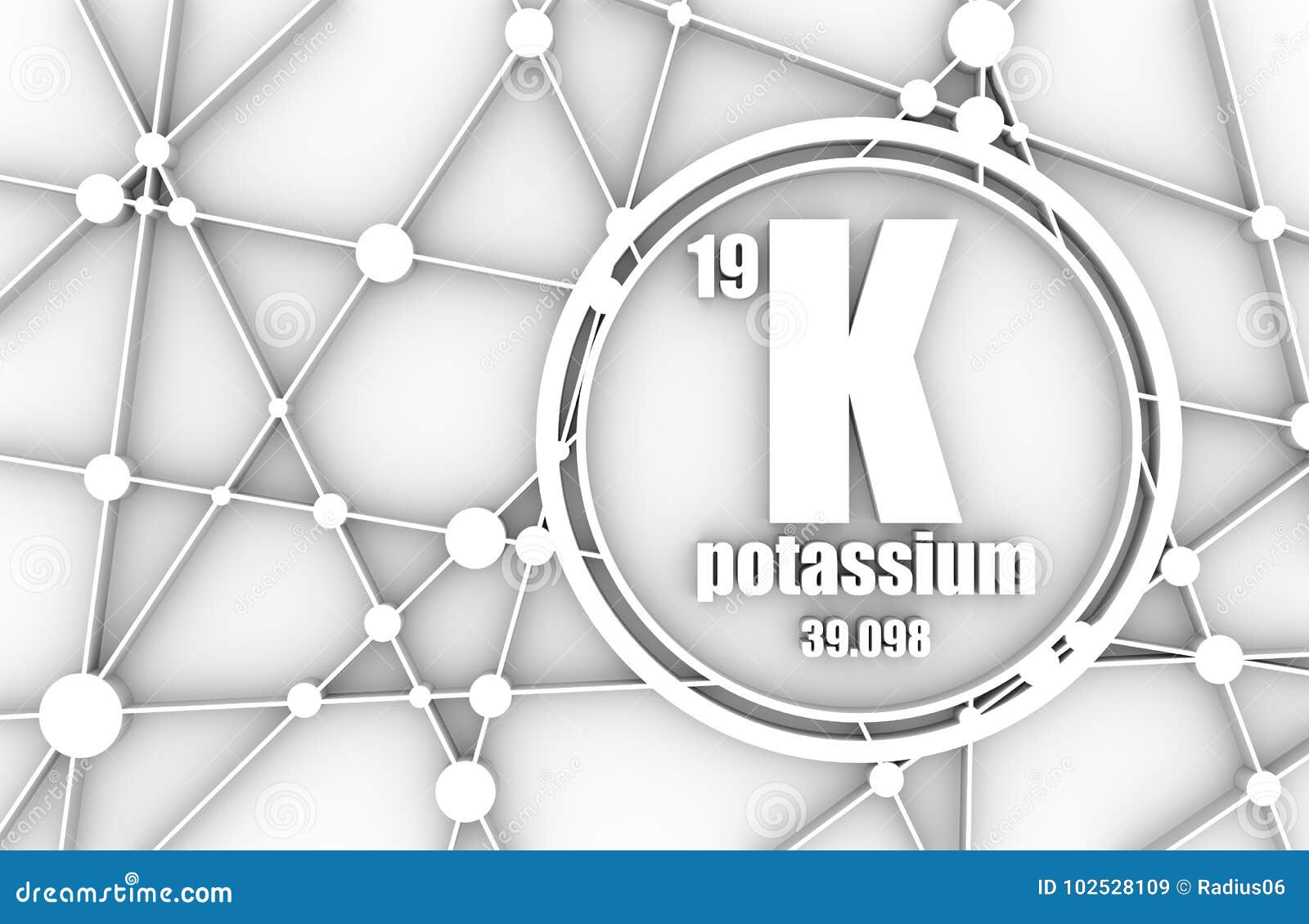


Lithium's first ionization energy drops to 519 kJ mol -1 whereas hydrogen's is 1310 kJ mol -1. If you compare lithium with hydrogen (instead of with helium), the hydrogen's electron also feels a 1+ pull from the nucleus, but the distance is much greater with lithium. One can think of the electron as feeling a net 1+ pull from the center (3 protons offset by the two 1s 2 electrons).
#SI AND POTASSIUM ELEMENT FULL#
You might argue that that would be offset by the additional proton in the nucleus, but the electron does not feel the full pull of the nucleus - it is screened by the 1s 2 electrons. Its outer electron is in the second energy level, much more distant from the nucleus. The value of the ionization energy (2370 kJ mol -1) is much higher than hydrogen, because the nucleus now has 2 protons attracting the electrons instead of 1. It is close to the nucleus and unscreened. The electron is being removed from the same orbital as in hydrogen's case. There are no electrons screening it from the nucleus and so the ionization energy is high (1310 kJ mol -1). It is a very small atom, and the single electron is close to the nucleus and therefore strongly attracted. Hydrogen has an electronic structure of 1s 1. This offsets the attraction of the nucleus, so that paired electrons are removed rather more easily than you might expect. Whether the electron is on its own in an orbital or paired with another electron: Two electrons in the same orbital experience a bit of repulsion from each other.This lessening of the pull of the nucleus by inner electrons is known as screening or shielding. The outer electron therefore only feels a net pull of approximately 1+ from the center. The 11 protons in the sodium's nucleus have their effect cut down by the 10 inner electrons. Between it and the nucleus there are the two layers of electrons in the first and second levels. If the outer electron looks in towards the nucleus, it does not see the nucleus sharply. (There's no reason why you can't use this notation if it's useful!) The number of electrons between the outer electrons and the nucleus: Consider a sodium atom, with the electronic structure 2,8,1.An electron close to the nucleus will be much more strongly attracted than one further away. The distance of the electron from the nucleus: Attraction falls off very rapidly with distance.The charge on the nucleus: The more protons there are in the nucleus, the more positively charged the nucleus is, and the more strongly electrons are attracted to it.The size of that attraction will be governed by: A high value of ionization energy shows a high attraction between the electron and the nucleus. Ionization energy is a measure of the energy needed to pull a particular electron away from the attraction of the nucleus. \)įactors affecting the size of ionization energy


 0 kommentar(er)
0 kommentar(er)
